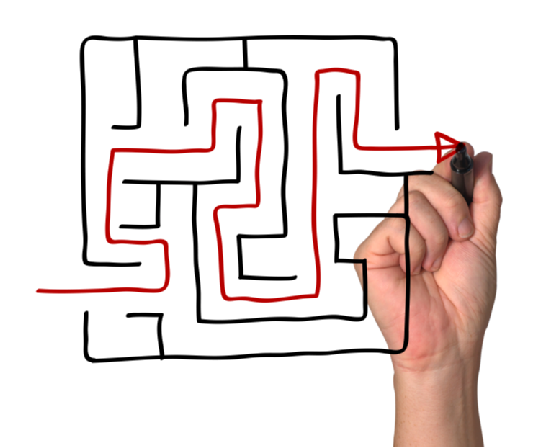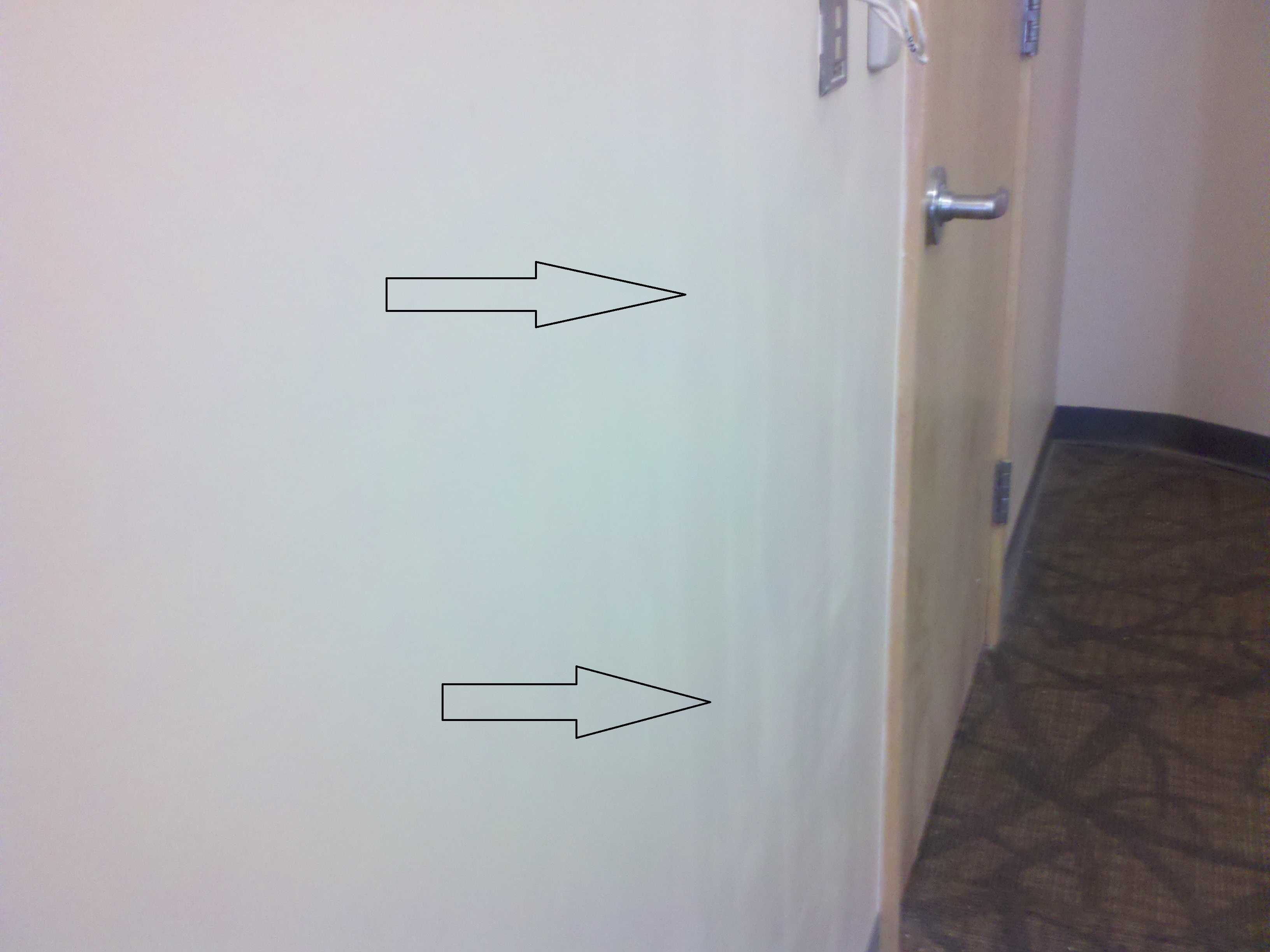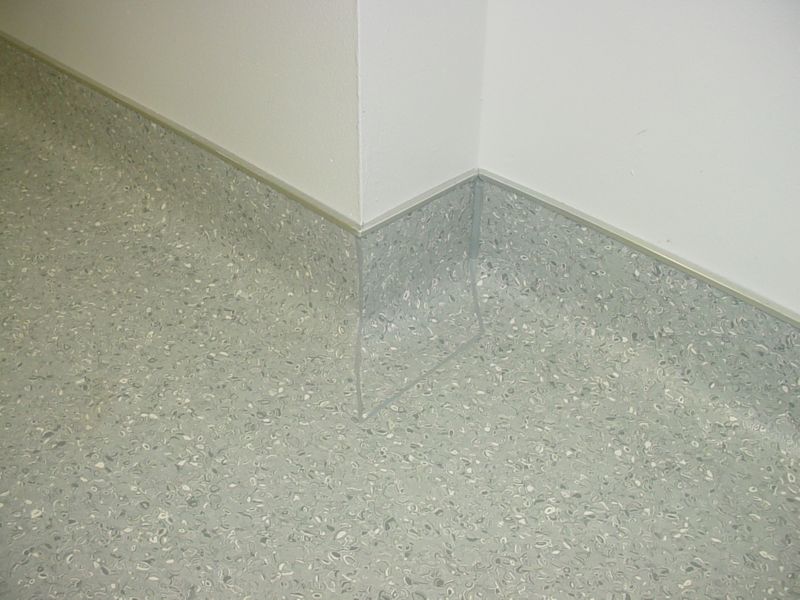By J. Vachola, Contributing Columnist
Concrete directly contributes to LEED ratings when used in the following ways:
Redevelopment of Polluted Sites (Sustainable Sites Credit 3)
Concrete can be used to coagulate and stabilize polluted soils and alleviate leaching concentrations lower than regulatory capacities. Records are necessitated to verify that the site was actually polluted and the mitigation efforts administered. A credit point worth 1 point will be earned.
Limitation of Site Disturbance: Safeguarding and Restoration of Open Space (Sustainable sites credit 5.1)
Concrete parking spaces on basements of buildings are ideal in limiting site disturbance. Through them, the need to demolish earthwork and vegetation is reduced and this helps in safeguarding existing natural areas that parking spaces would have consumed. This credit earns the structure 1 point.
Storm Water Regulation: Rate and Quantity (Sustainable Sites Credit 6.1)
The role of this credit is to reduce the disruption and contamination of natural water flows by regulating storm water runoff. Using pervious concrete significantly reduces the rate and volume of storm water runoff since it enhances the infiltration of storm water.
On construction sites where the present imperviousness rates are less than 50%, it is stipulated that the post-development output rate and volume from the site shall not surpass the pre-development rate and volume. This credit is earns your structure 1 point.
Optimize Energy Performance (Energy Credit 1)
This credit is attained if proof of energy cost savings can be shown in contrast to a building that satisfies the requirements of the Model National Energy Code for Buildings (MNECB). The number of points attained will be dependent on the structure, climate, fuel expenses, and the laid down requirements of the MNECB.
If MNECB is standards are satisfied, 1 to 10 points are can be earned for energy cost savings of 24% to 64% for newly constructed buildings and 15% to 55% for older buildings.
Building Re-Use (Materials and Resources Credit 1)
This credit is meant to leave the main segment of the construction and shell in place when refurbishing. The building’s shell consists of the outer skin and framing but it is exclusive of ceiling systems, window assemblies, floor coverings and inside walls. This credit is only earned when revamping buildings with a concrete skin because concrete is always durable.
A point is earned if 75% of the building structure/shell is preserved, 2 points if 95% is preserved, or 3 points if 50% of non-shell areas are left in place.
Building Waste Management (Materials and Resources credit 2)
This credit is obtainable for redirecting all building waste from landfill disposal. It is attained based on redirecting at least 50% quantity of construction waste. Due to the fact that concrete is a heavy construction material and is often compressed and reused as aggregate for road foundations or construction fill. It is acquired when the concrete building is demolished. 1 point is given if half of the construction is demolished and materials reused or 2 points for 75% of the same.
Radiant heating: (Indoor Environment Quality)
Concrete floors are the ideal media for radiant heating. By using embedded synthetic tubing in the concrete, radiant floors discharge amicable heating and cooling that may amount to 10 to 30% of energy savings. It also helps in the easier integration of radiant heat into solar heating systems. This significantly contributes to the credit EA1.
Thermal mass: (Indoor Environment Quality)
Concrete takes longer to lose or gain heat therefore has a great amount of storage capacity known as thermal mass. This allows the concrete to even out temperature fluctuations in the room thereby reducing the average cooling or heating load. Well designed concrete floors also facilitate in passive solar heating and cooling and this substantially saves on the existing energy resource. A total of 34 points (credit EA 1) can be attained via energy efficiency in LEED so this is potentially a significant input.
Other Points on Offer
Apart from the highlighted points above, four more points can be obtained under the Innovation and Design Process. These points are applicable if a modern green design plan is used and does not fit into the 5 specified LEED classes. It may also be considered if it goes substantially beyond a credit minimum requirement and portrays unique environmental efficiency. An extra point is also attainable if a key contributor of the project is an Accredited LEED professional. The concrete industry boasts of LEED proficient expertise available to assist in maximizing point accumulation.
Benefits of LEED Accreditation
Although LEED accreditation is only a voluntary program, acquiring LEED certification demonstrates a positive picture to the immediate community. More so, satisfying a good number of green building stipulations can lead to energy and cost cutting over the lifespan of the structure. Other benefits may include improved interior air quality and sufficient light into your rooms. Research has also proven that the work force employed in such environments have better labor outputs, job retention and the total number of days worked every year. Such benefits directly influence the organization’s profits because a lot is usually invested towards the payment of wages. On a similar note, studies conducted on learning institutions which have attempted to adhere to LEED stipulations have shown that students rank higher in tests and there are fewer cases of irregular attendance.
The Leadership in Energy & Environmental Design, abbreviated as LEED, is a system brought to the fore by U.S. Green Building Council to assess the influence of the structural design and construction on the environment. It was initiated in view to generate a consensus and market-based rating format to fast track the development and implementation of green building practices.
Article courtesy of Surface Prep Today.
Discover more from Helping NYC & Long Island Commercial Tenants, Owners, and Developers
Subscribe to get the latest posts sent to your email.





